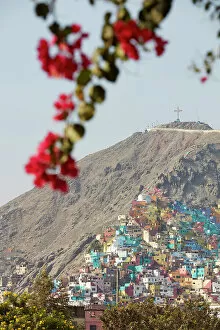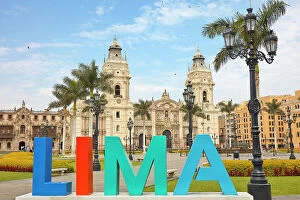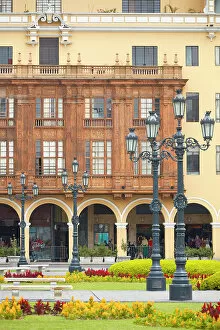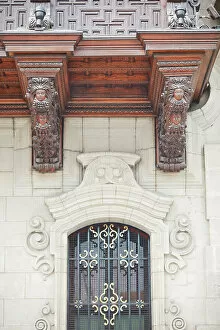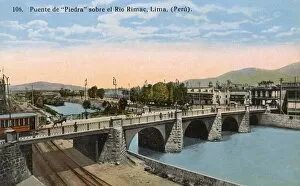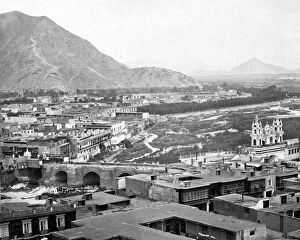Rimac Collection
Rimac, a district in Lima, Peru, is a vibrant and culturally rich area that showcases the city's historical significance
For sale as Licensed Images
Choose your image, Select your licence and Download the media
Rimac, a district in Lima, Peru, is a vibrant and culturally rich area that showcases the city's historical significance. Located on the banks of the Rimac River, this neighborhood boasts colorful houses on Cerro San Cristobal, adding to its picturesque charm. As part of Lima, also known as the "City of the Kings, " Rimac holds great importance and was declared a UNESCO World Heritage site in 1988. The Plaza de Armas is home to notable landmarks such as the Lima Metropolitan Cathedral and Archbishops Palace. These colonial buildings reflect the architectural beauty of Peru's past and provide visitors with a glimpse into its rich history. The intricate details adorning these structures captivate all who pass by. One cannot miss crossing over the iconic Rimac Bridge while exploring this enchanting district. This bridge not only connects different parts of Lima but also serves as an emblematic symbol representing unity and progress. Additionally, Rimac surprises with Puente de Piedra (Stone Bridge), which gracefully spans across Rio Rimac. Its sturdy structure stands as a testament to engineering marvels from years gone by. Away from architecture, art enthusiasts can appreciate ancient Peruvian culture through panels dating back to 1000/1476 AD created by unknown artists. These panels offer glimpses into Peru's artistic heritage and serve as reminders of its rich cultural legacy. Rimac presents itself as an amalgamation of natural beauty, historical significance, and artistic treasures within Lima.

